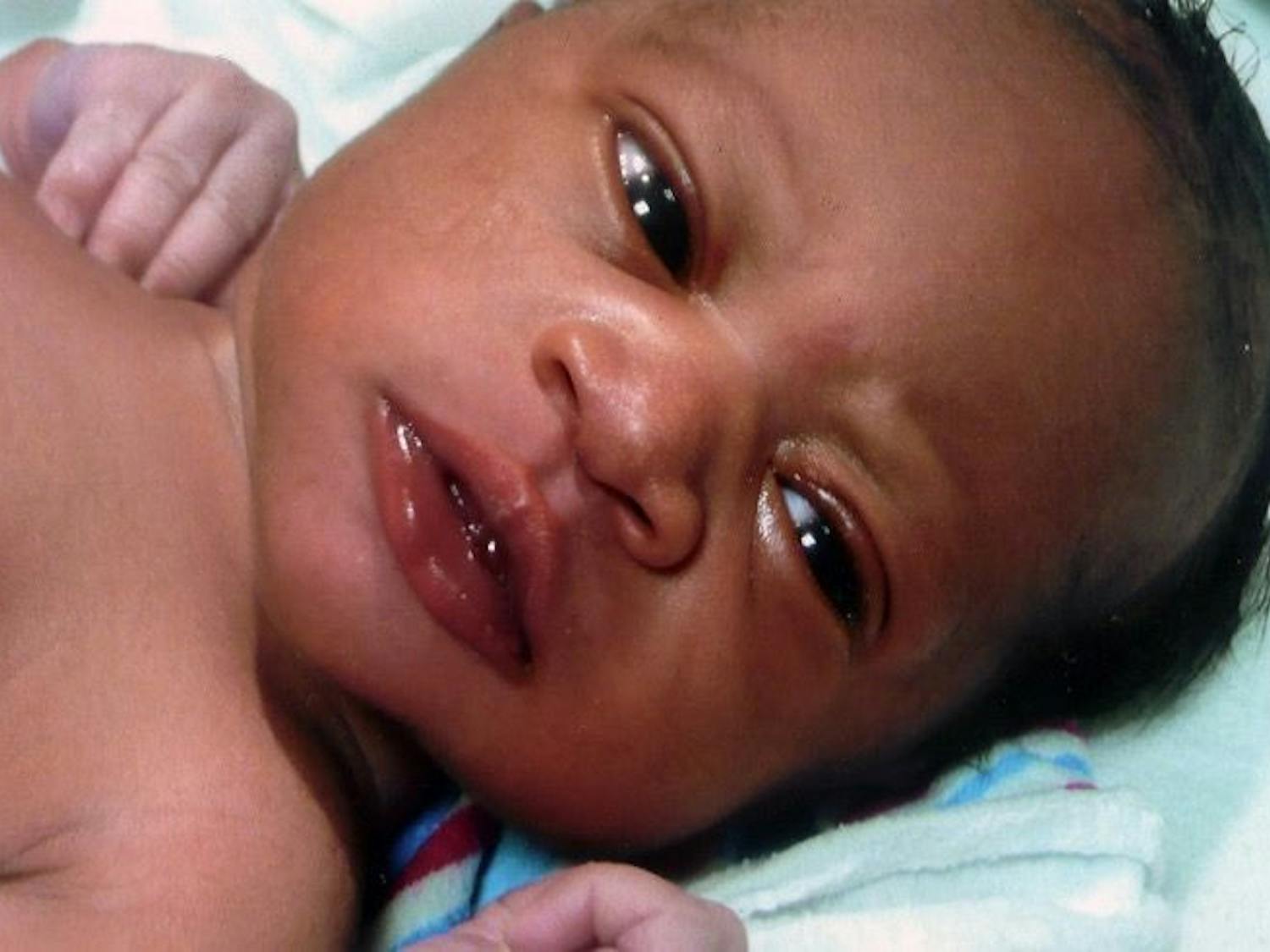Civil Rights photographer Matt Herron showcased the roles of ordinary people in the Selma march of 1965 during a lecture and exhibit at the Memphis Brooks Museum of Art.
The exhibit, called “This Light of Ours,” commemorated the 50th anniversary of the now infamous Selma march called Bloody Sunday. The exhibit runs through May 10.
Herron photographed with a mission in mind. He had three Nikons strapped to him at all times and learned to photograph events despite his fear.
“I was arrested once or twice, clubbed a few times,” Herron said at a Feb. 26 lecture. “You have to always keep moving while taking pictures and express that you have every right to be there.”
Although Herron was perceived by some at the time as a radical, he and his wife were devoted to nonviolence when they moved south to join the Civil Rights movement in 1963.
“My wife and I were kicked out of our house in Jackson after one year,” Herron said. “It galvanized anger and resistance in me.”
Herron was sent to Selma in 1965 on orders from his boss and soon realized how unjust the politics were in the Alabama town. People were not allowed to demonstrate and were tear gassed and beaten if they violated the restrictions.
Herron’s photos captured it all: a young black boy holds up a sign while white officials moved towards him; white officers beating up middle aged black men; black women hiding their confused and scared faces.
Even today, the photographs are compelling.
“The picture of the young boy meant a lot to me,” high school student Lauren James said. “It gave me chills when I saw it. To think that he’s a child, but the police didn’t care because he was black.”
Photos of the first march, Bloody Sunday, also depicted young black men who used zinc oxide to make their faces appear white while singing spirituals.
“You cannot understand the Civil Rights movement without understanding the singing,” Herron said. He explained that the songs, including “Was the Soul” and “You Gotta Do Like the Spirits Say Do,” gave people courage during the tough times of the cold, rainy march.
Herron also discussed the final days of the Selma march, describing the empowering feeling of almost 30,000 people marching for the same cause. Rosa Parks and Dr. Martin Luther King Jr. were part of the crowd, as well as Dr. King’s secret service to prevent a possible assassination.
After the lecture, a young man in the crowd asked, “Why now? Why did you decide to show these photos at this time?” Herron, without hesitation, said, “We ain’t finished with our job. Ferguson has made that clear.”
Herron hopes young people today feel galvanized to stay involved.
“There’s three things all young people must do,” he said. “Resist authority, don’t believe everything you hear, and maintain independence.”



